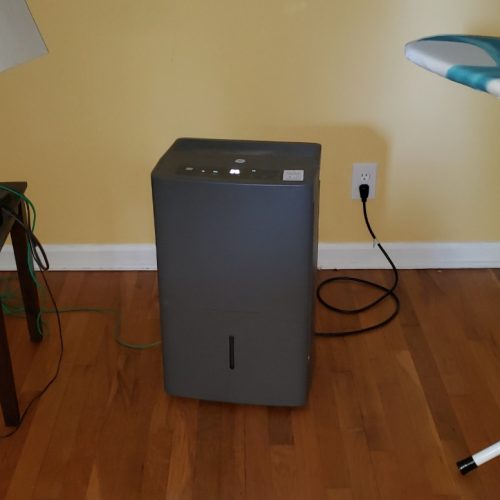After my initial introduction to Ms Homeowner, I asked my all-powerful question (that reveals motive), “Why are you investing in upgrading your attic insulation?”
Her answer didn’t shock me – but when I heard it I immediately shifted my conversation.
“I’m sick and tired of this high humidity in my home!”
Pointing to the dehumidifier running in the family room, she said, “If I don’t run that machine, my house will have 70% humidity. I empty the bucket twice a day.”
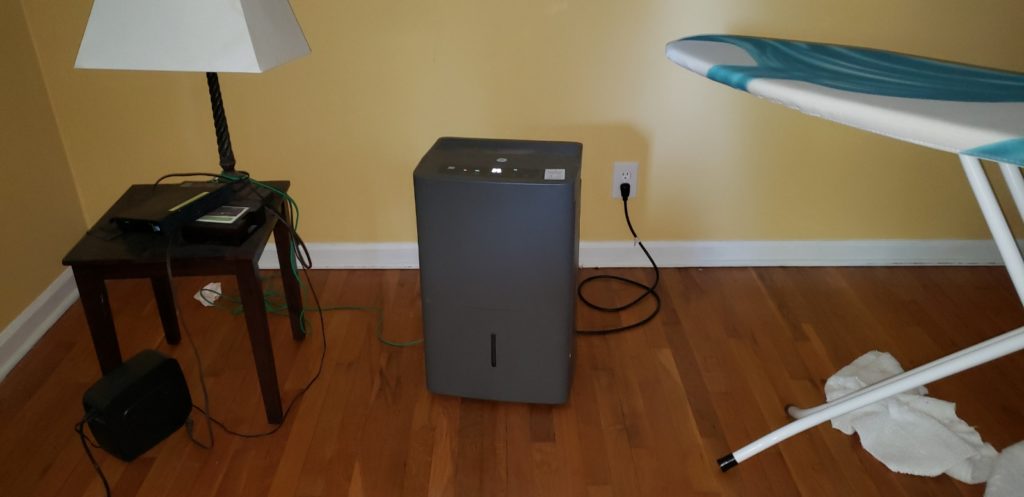
As I asked follow-up questions, I learned that she had done the following in the last 9 months:
- Installed double pane replacement windows.
- Installed a brand new HVAC system, with a smart thermostat.
- Installed a french drain system with a sump pump.
- Installed a new moisture barrier in the crawlspace.
And despite all of that investment, she was still running the noisy dehumidifier to manage the elevated levels of moisture inside her home.
With her permission, I performed a quick evaluation of the crawlspace, and measured the attic for fresh insulation.
For reasons I won’t go into with this article, I didn’t dive into a full evaluation of her recent improvements to determine if, why, what, and why not, they failed to resolve the moisture problem. She knew what she wanted, and I was there to provide a quote for attic insulation. I didn’t “seal-the-deal” and collect the down payment. Instead, she paid my consulting fee and is getting more quotes.
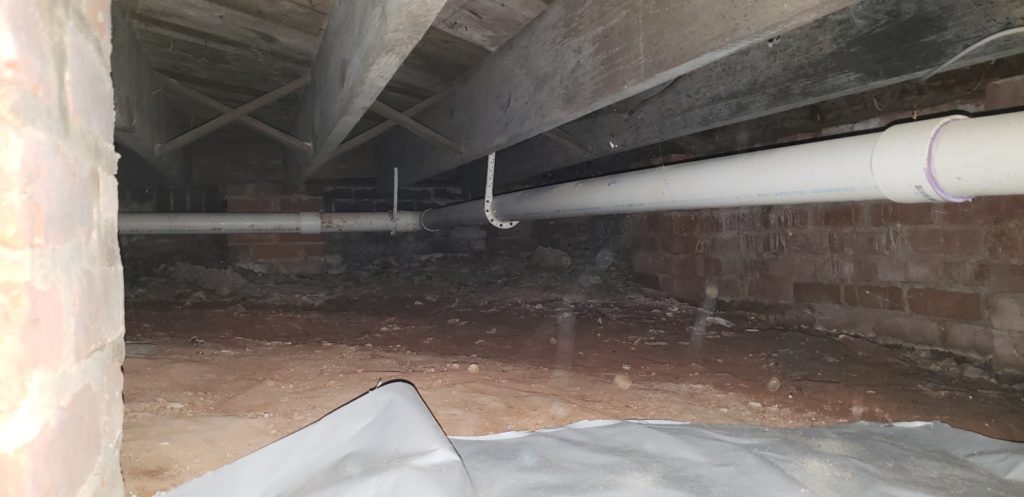
Managing Moisture Is Not So Easy
I’ve been taught by some of the best Home Performance experts in the country. And one thing that I always remember from our training is this:
Odor, sound, and moisture issues are the hardest issues to solve for a homeowner. As a contractor I might mask them for a while – but truly solving them can be a very deep hole of obligation. I’m careful of what I promise!
Moisture comes into our homes from 3 major sources:
- The ambient air around us. The atmosphere. It leaks in around windows, doors, etc with the un-controlled air infiltration. It is drawn into the crawlspace through the vents in the foundation walls.
- The soil under the house. If your home has a dirt crawlspace, the Georgia clay is a huge reservoir of moisture. And that moisture is irresistibly drawn upward into the wood members of your floor system, and passed directly into your living spaces.
- Activity inside your home. Cooking, bathing, breathing, exercising, doing laundry, cleaning house, plants, and even pets generate massive amounts of moisture inside your home.
In days gone by, our ancestors lived in harmony with the environment around them. They had screen doors and opened the windows and ran the whole-house fan all night! But those days are gone.
If you are struggling with high levels of moisture inside your home, consider these three areas of improvement before you spend the really big bucks on more ambitious projects.
- USE YOUR EXHAUST FANS.
Make sure your exhaust fans are in good working order, and use them. Check the dryer vent. If the dryer duct is cracked or leaking – that’s a big source of moisture! Consider running the bathroom exhaust fan for 15 minutes after you finish your shower, to really scavenge the humidity from that bathroom. Run that kitchen exhaust fan when you’re cooking on top of the stove, to get that moisture out of your kitchen. I know some of those range hoods are noisy – but try to run it as much as you can tolerate when cooking on the burners. If yours is a recirculating unit – consider replacing or modifying it to properly exhaust to the atmosphere!
2. SEAL THE PENETRATIONS.
Start under your house. You’ll need to be in good physical shape for this level of work. Wear a dust mask. If you’re on a dirt crawlspace or basement you need to definitely seal the holes, gaps and voids in your floors. You’ll need expanding foam, (the kind in a can) and a headlight. Buy several cans of the foam, and get the metal gun to use. You’ll do a better job sealing with the gun than the short plastic straw on the can. Seal around every pipe, wire, HVAC boot, etc that passes through the subfloor. Where your hot flue(s) pass(es) through the floor, use a piece of fire-retardant rockwool insulation to pack around the flue and fill the gaps between the pipe and the wood framing. Use a piece of nylon house wrap and staple it across that large 12” square hole under the bathtub drain.
In the attic it may be more difficult to locate the penetrations, due to thick insulation and staying balanced. It’s the same principle as the crawlspace. Use your “gun-foam” to seal every accessible hole, void, wire & pipe penetration, and hvac boot, you can locate. Use rockwool to stuff around any hot flue pipe passing through your ceilings into the attic. If there is a very large hole (referred to as a “chase”, or a “drop soffit”) you should use something like nylon housewrap and a staple gun. Cut a piece to fit, and staple it across the hole to seal.
The idea is to improve the moisture barrier in the horizontal planes that separate the living space from the atmosphere. Your vented crawlspace or unfinished basement, along with the vented attic are big contributors to high levels of moisture trespassing into your home.
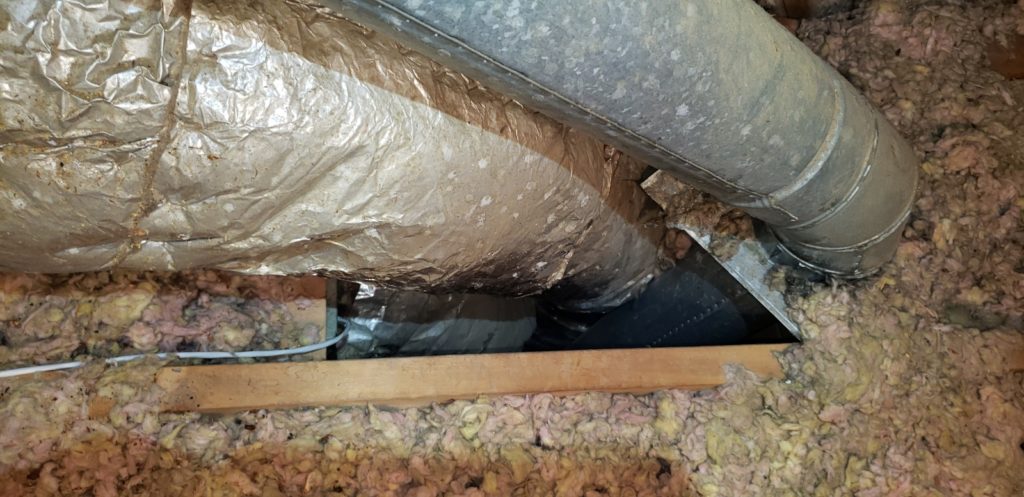
3. RECRUIT YOUR AC TO HELP.
You probably know that operating the Air Conditioner removes moisture from the air. You’ve seen water dripping from the car AC, or dripping from the condensate pipe where it exits your house. I’ve read and I’ve been taught that my AC doesn’t begin to remove moisture from the air until about 20 minutes of operation. Keep this in mind – if your AC cycles on-and-off with short bursts of performance, you may not be managing the humidity inside your home as well as could be.
Are your Return Air Vents distributed throughout the house? You should have a Return Air Vent in every room that doesn’t produce moisture & odors. In other words, don’t put a Return Air Vent in your kitchen and bathroom. Your AC will more efficiently manage humidity in your home when it’s collecting air from all the rooms. Check those Return Air Vents, are they blocked by furniture or drapes?
Check and confirm that your filter rack door is closed and has a good seal. The filter rack is where you slide the filter into your HVAC machine. If that opening is leaking air, it’s pulling that humidity-laden air from your attic or crawlspace directly into the machine and having to overcome that additional load. Buy some HVAC foil tape at the hardware store and tape that area. I see this in so many of the homes I’m in. I like to teach my homeowners how to tape these areas. Each time you change the filter, use a new length of foil tape to seal this opening! Foil HVAC tape is about 3” wide – it’s a quick & easy fix. And heck, you may not smell that musty odor anymore! Imagine how much joy a strip of foil tape can provide you.
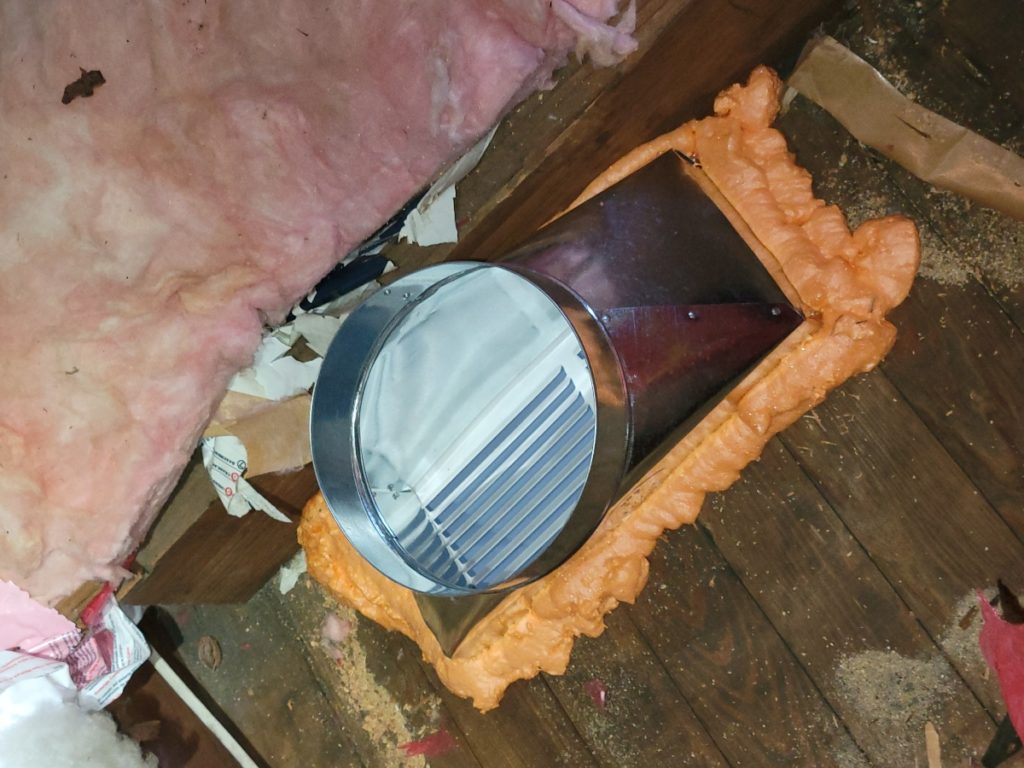
God is Responsible For This!
Controlling and managing moisture in our homes is an ongoing, never-ending battle. God made it this way! It’s called the 2nd Law of Thermodynamics. And it’s as powerful and real as the law of gravity.
The 2nd Law of Thermodynamics teaches us two things:
- Hot temperatures always move to cold temperatures.
- Wet always moves to dry.
This law explains why my wet laundry is dry in 20 minutes when on a clothes line at my sister’s Colorado home, but takes ½ day to dry on my clothes lines here in Conyers, GA! (I love clotheslines, and use ours year-round in our backyard).
Bugs Drawn to a Light
(Here in metro Atlanta) the moisture in the atmosphere surrounding our homes is irresistibly drawn into our homes. As fast as we pump it out, it’s trying to re-enter. It’s seeking to balance the inequality between your indoor controlled 45% Relative Humidity, and the 90% Relative Humidity outside. It’s a law of nature. And because you very likely don’t have NASA’s budget, and I don’t wear a NASA uniform – we won’t get it perfect – but using common sense and dedication, your home can be more comfortable.
Last night we were together at my son Beau’s house, and the discussion of humidity came up in conversation. I heard him say, “If you can’t tolerate high humidity, don’t move to Georgia!” This graph will help you know why!

Atlanta’s average level of humidity is 68%. Most humans prefer lower levels of humidity. In fact, I’m taught that we’re most comfortable with humidity around 45%.
In our neck of the woods, with the average RH in the ambient air being 50% higher than what I prefer – it’s no wonder that our “milder” winter temperatures feel colder, and our “milder” summer temperatures feel hotter. But don’t our complexions look good because of these moist conditions!
Thanks for reading!
-Bob Bird
__________________________________
Did you know we have a YouTube channel to explain some of these topics in even more detail? We’d love if you would check it out and give us a follow!
